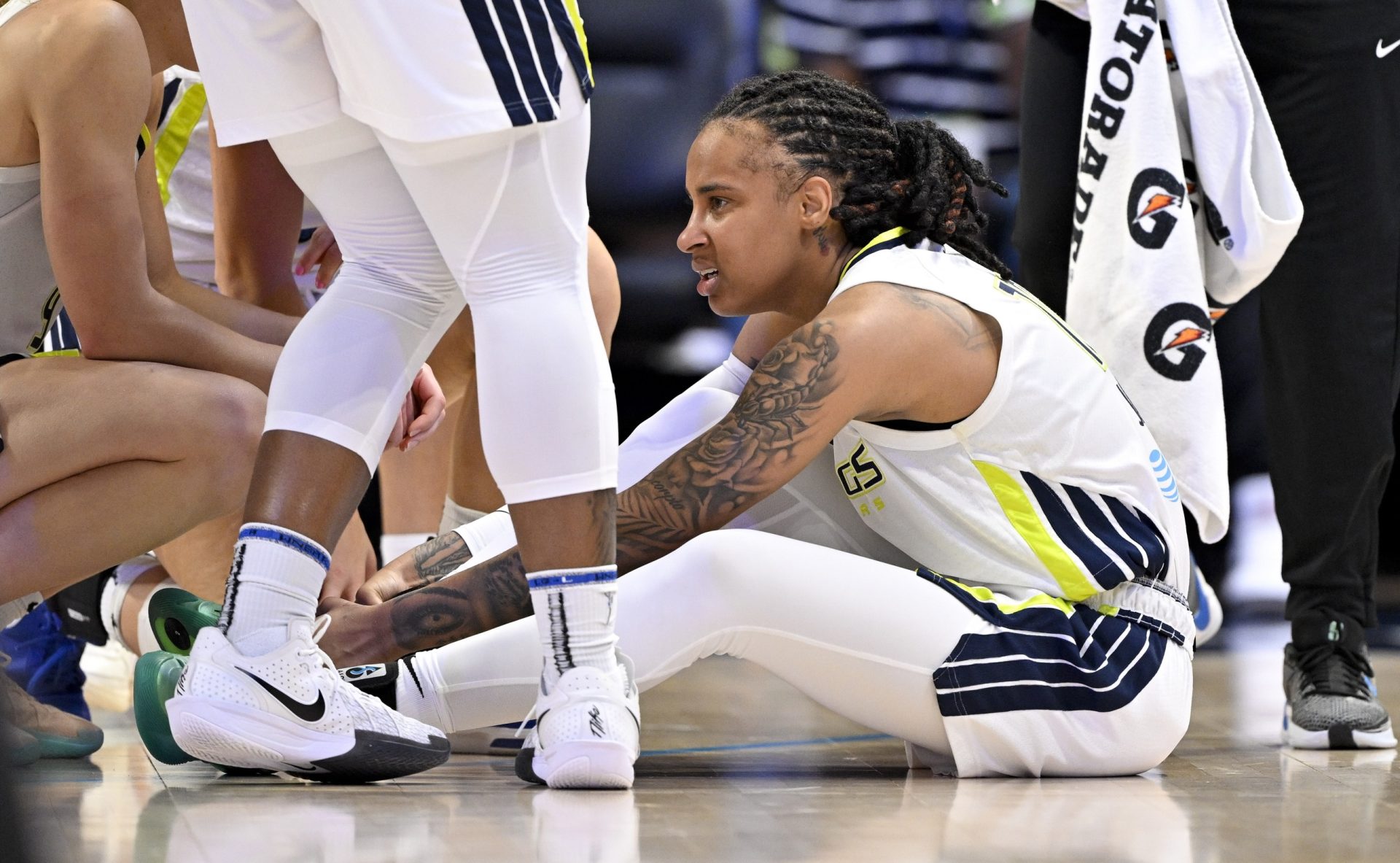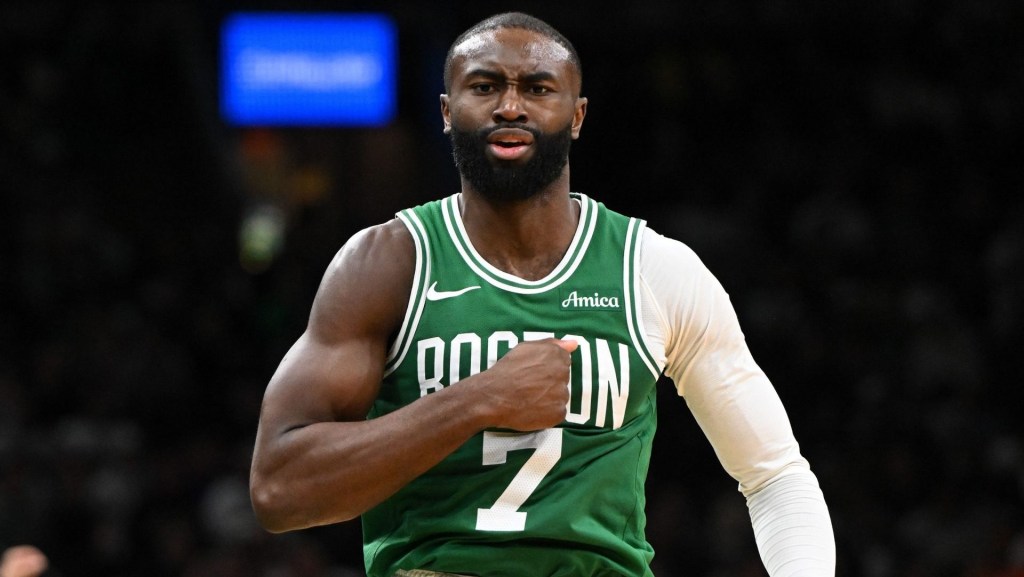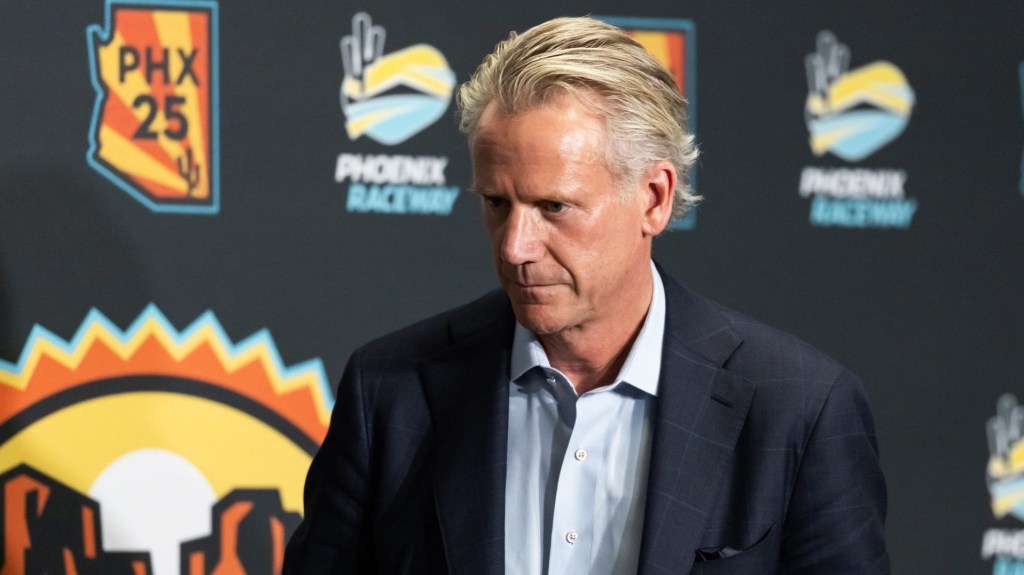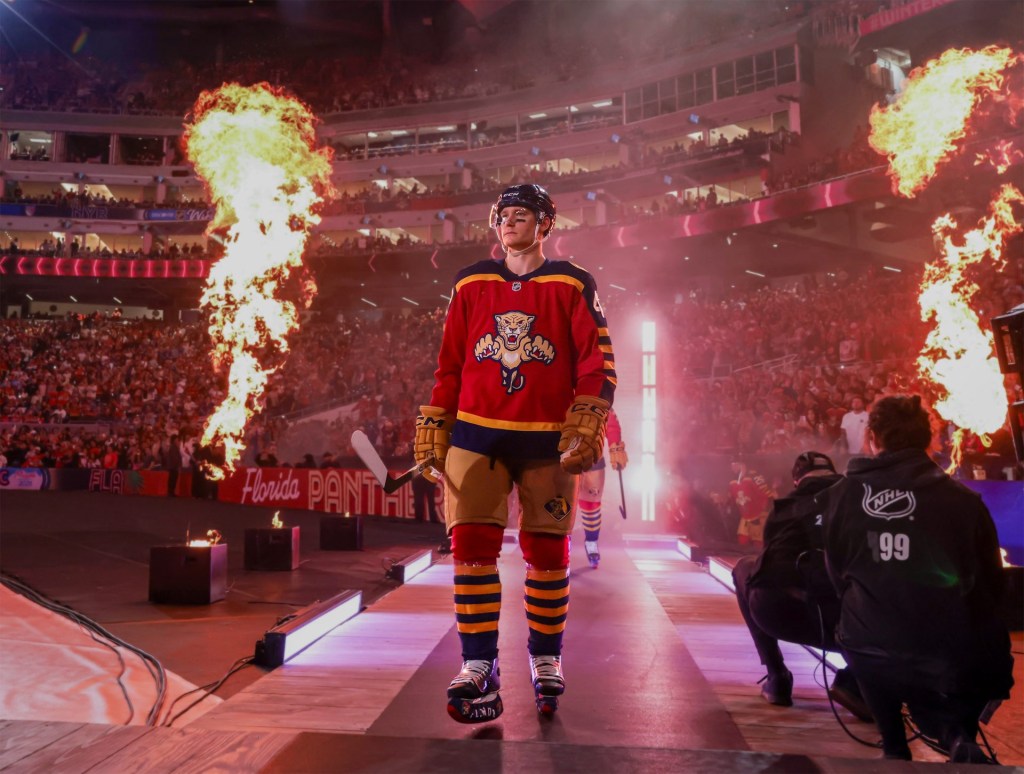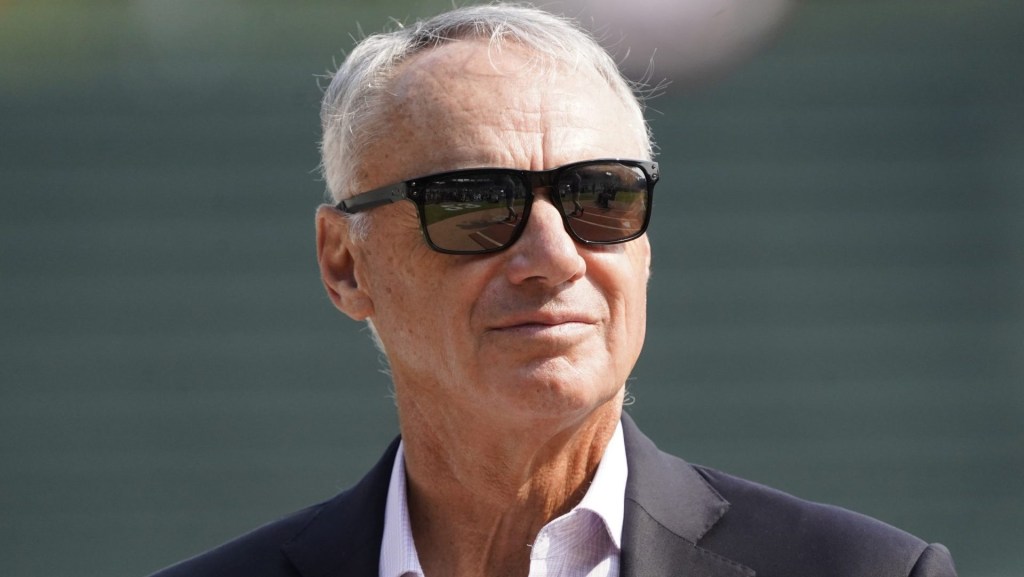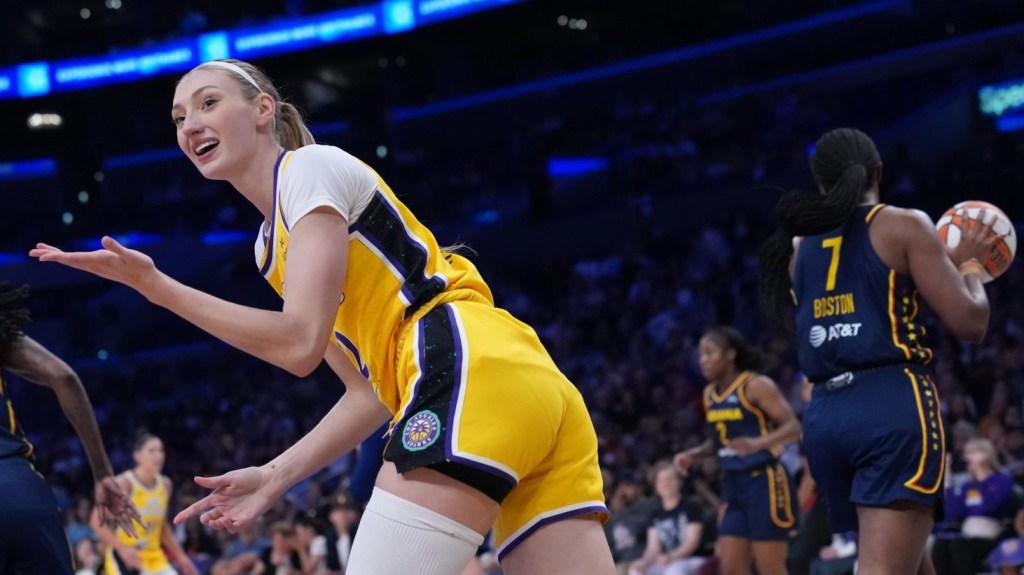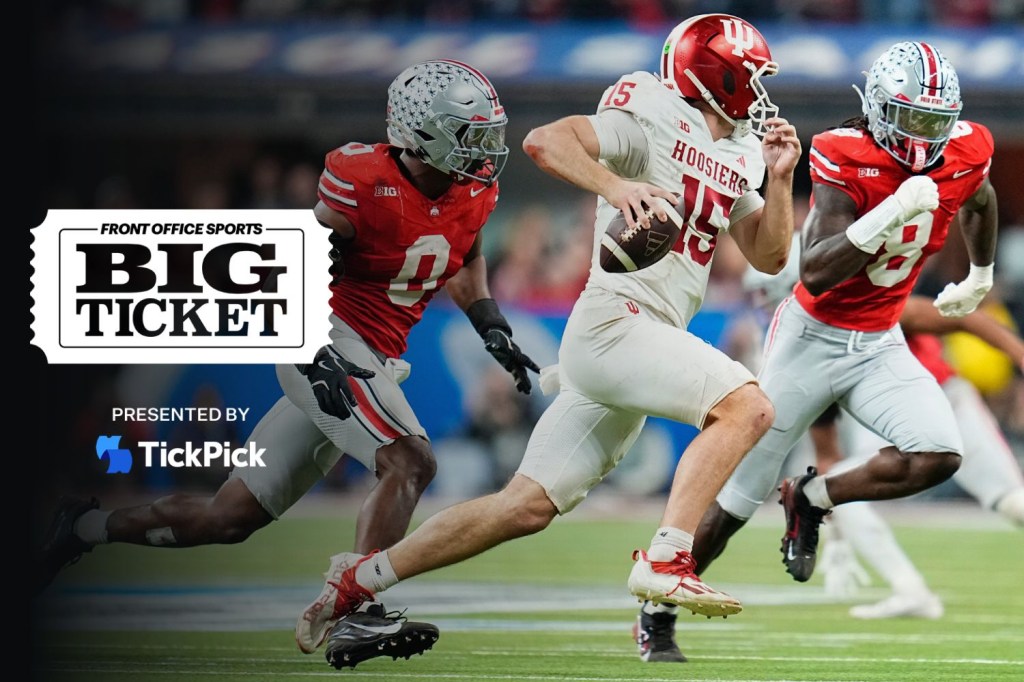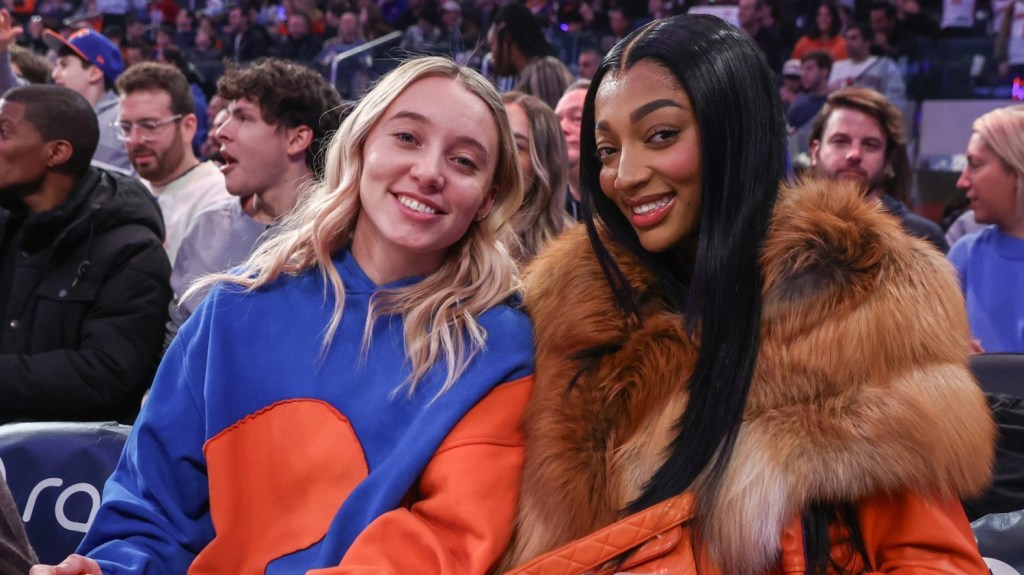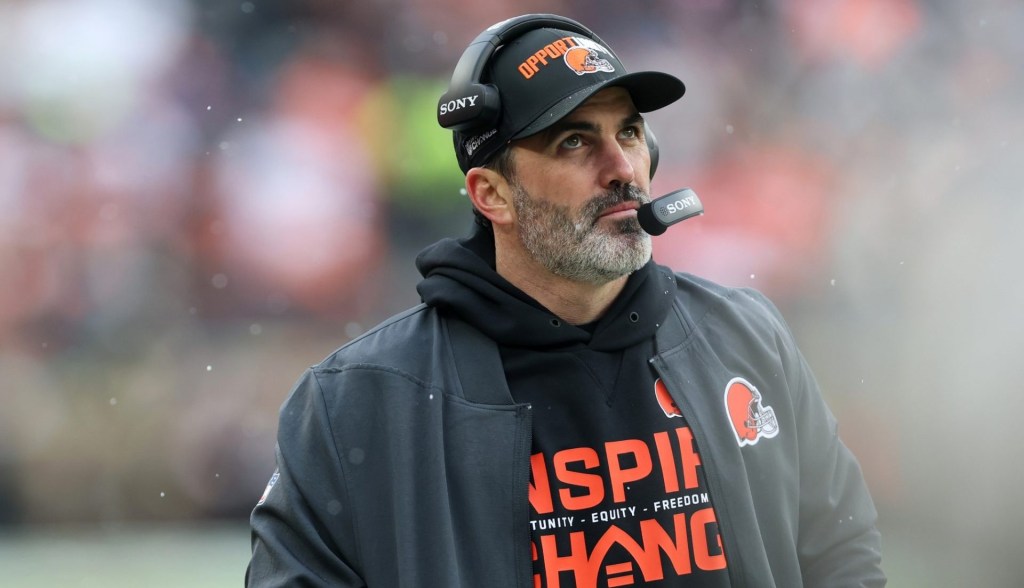Days before last month’s WNBA All-Star Game, Indiana Fever coach Stephanie White sat in the depths of Barclays Center after her team’s 21-point loss to the Liberty and fielded questions alongside guards Sophie Cunningham and Aari McDonald.
The Fever were depleted on the second night of a back-to-back, missing Caitlin Clark due to a groin injury.
“Plural,” White said when asked about what an extra roster spot would do for teams. “Extra spots.”
Within a month, Cunningham, McDonald, and guard Sydney Colson would all be sidelined with season-ending injuries, forcing the Fever to turn to “hardship” contracts—exceptions to the league’s salary cap in order to field a full roster.
The Fever have had 17 players under contract at various points in the season, but White’s team is far from the only one plagued by the issue. On Friday, the Dallas Wings signed Christyn Williams to what they called an “extreme hardship” contract.
The term extreme hardship does not appear in the league’s collective bargaining agreement, but there is a league-wide understanding this special provision can be used when teams drop below eight available players. The Wings had seven players listed as out on their status report ahead of Friday’s game against the Atlanta Dream leaving them with just seven available players before signing Williams. Three of their available players—Amy Okonkwo, Serena Sundell, and Williams—are hardships with a combined four games experience.
The Wings have had 20 players suit up this season.
“Not once has staff complained or players felt sorry for themselves,” Wings general manager Curt Miller told Front Office Sports. “They just continue to grind and try to get better. Many of the young players who have been given an opportunity on a hardship contract look at it as an unbelievable chance for them to break into the WNBA.”
The WNBA has a hard salary cap of $1,507,100 this season and a 12-player max roster limit. Most teams carry 11-player rosters because of the cap.
There are a number of non-standard contracts available for WNBA teams. Replacement contracts and seven-day contracts are two of the most common. Teams are allowed to sign players to a replacement contract when they qualify for a hardship exception. If teams have two players or more out due to injury, illness, or other extenuating circumstances they can qualify for a hardship exception.
An emergency hardship exception must be approved by the league and is only available when teams drop below 10 available players. Seven day contracts are used only in the second half of the season and are used as an alternative to rest-of-season contracts, typically to replace an injured player for a short window.
Roster expansion and a softer salary cap are two priorities for players in CBA negotiations. Coaches have been supportive this year.
“I’m hugely in favor of roster expansion,” Aces coach Becky Hammon said. “One, there’s a lot of talent out there not playing. Two, just the load on everybody, you can’t add games and not add some way to manage that load.”
The WNBA went up to a 44-game season—the longest in league history—this year. With the league expanding to 18 teams by 2030, the potential for the WNBA calendar year to extend into the fall has been floated as a possibility by commissioner Cathy Engelbert.
“At the end of the day, you have to protect your product, whatever that looks like,” Hammon said.
The exact answer for the WNBA’s roster issue is unclear. Multiple league sources told FOS an ideal roster number would be between 14 and 15 players. (NBA teams, which play about twice the amount of games, have 15 roster slots and an entire developmental league.) What those two to three extra roster spots look like is up for debate. Some in the league have suggested a system, similar to the NFL’s, where players are available for practices but don’t travel with the team and are activated when injuries occur. Others have said expanding the cap to make room for 14 to 15 contracted players per team is a no brainer.
In addition, many around the league believe that smaller rosters are hindering player development. Without a developmental league or dozens of extra roster spots, players are forced to go overseas to earn money and hone their game.
“With team expansion coming, there’s more of a need and necessity for intricate player development plans and systems and resources,” Sky coach Tyler Marsh said. “More of these young players that are going to get opportunities have to have some sort of room and grace and time to develop into professional basketball players.”
The Wings say they have vetted over 30 players—either directly or through their agents—over the last 48 hours to sign a player to an extreme hardship contract. The problem teams face signing players at this point in the season is that most WNBA-caliber players have either already gone overseas or are waiting to, and don’t want to risk their contracts with those teams. Many players who haven’t signed abroad aren’t in game shape.
Williams agreed to the extreme hardship contract and had 90 minutes to make it to the airport in time for her flight from Phoenix to Atlanta.
“Last year when I was in Connecticut we had multiple times where we had to have hardship contracts,” White said. “Especially at the end of the year, it’s hard to get players to come in on hardship contracts. They don’t know the system, you’re teaching them things on the fly. I think [roster expansion] is important. I think it’s the next step and the natural next step.”
